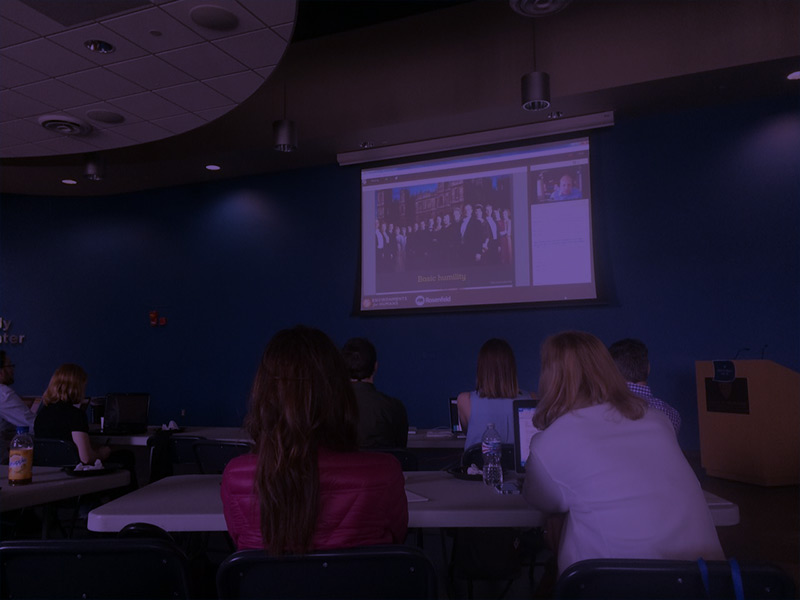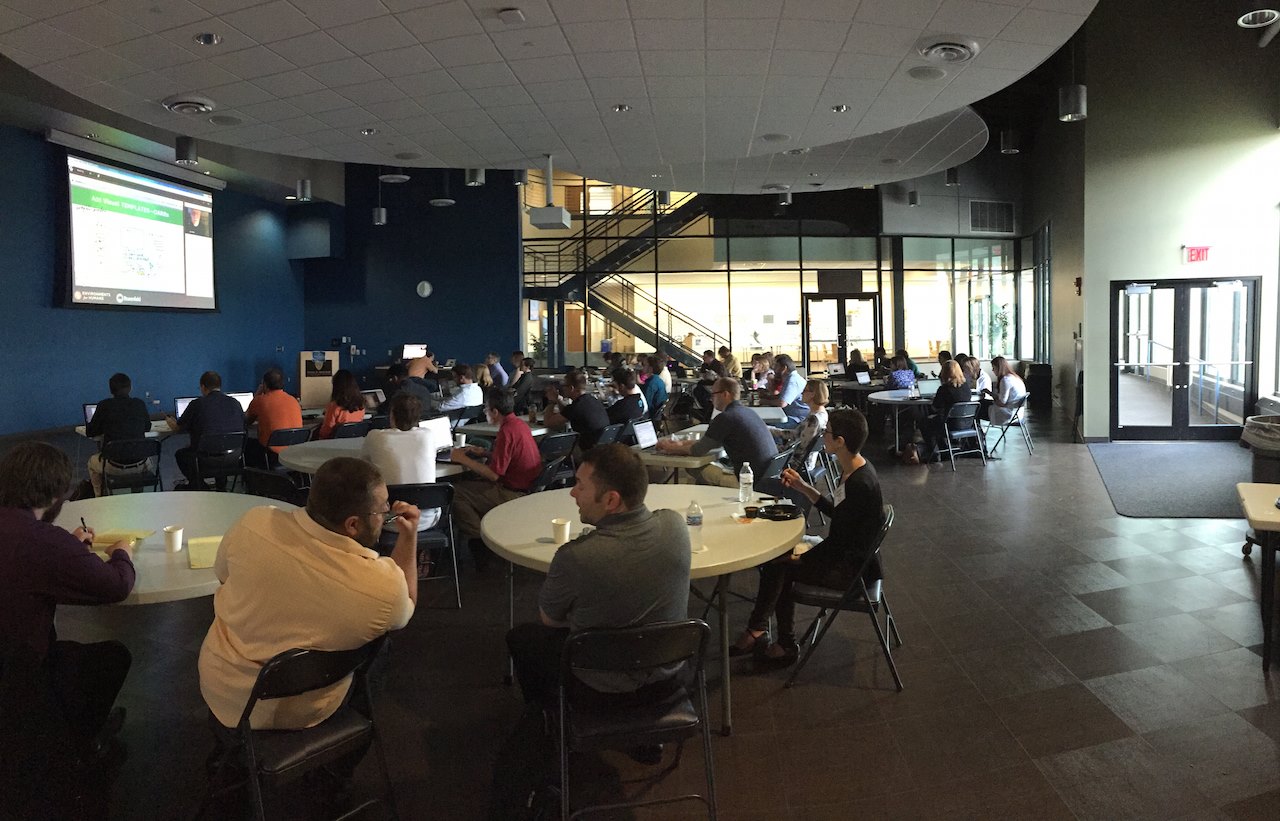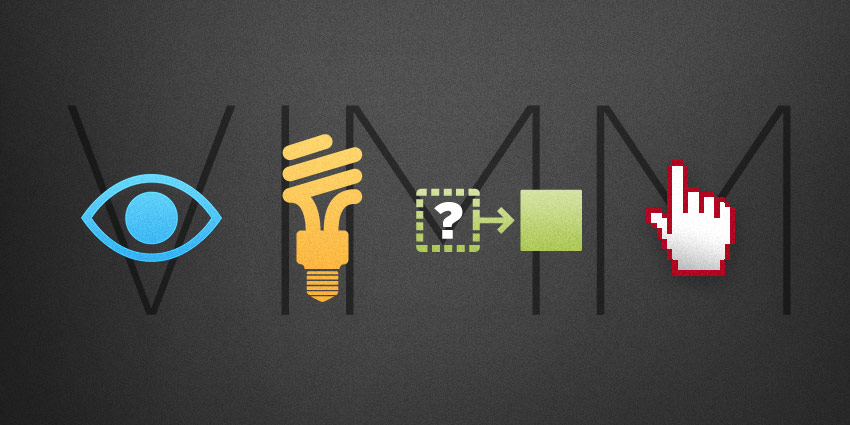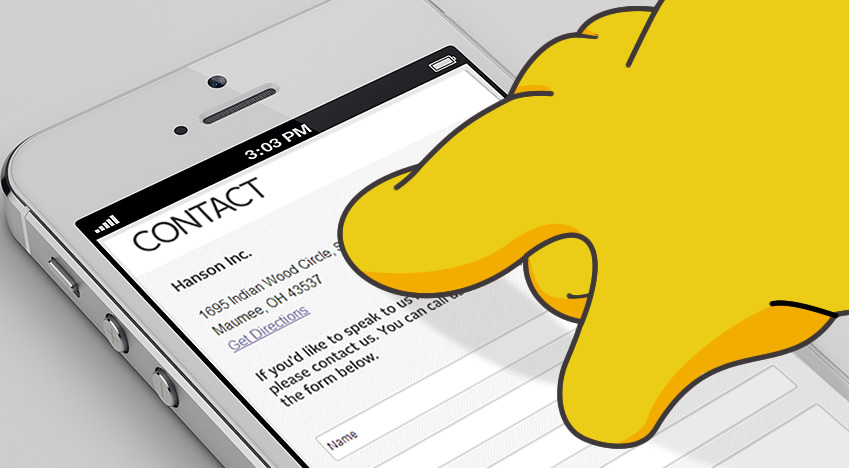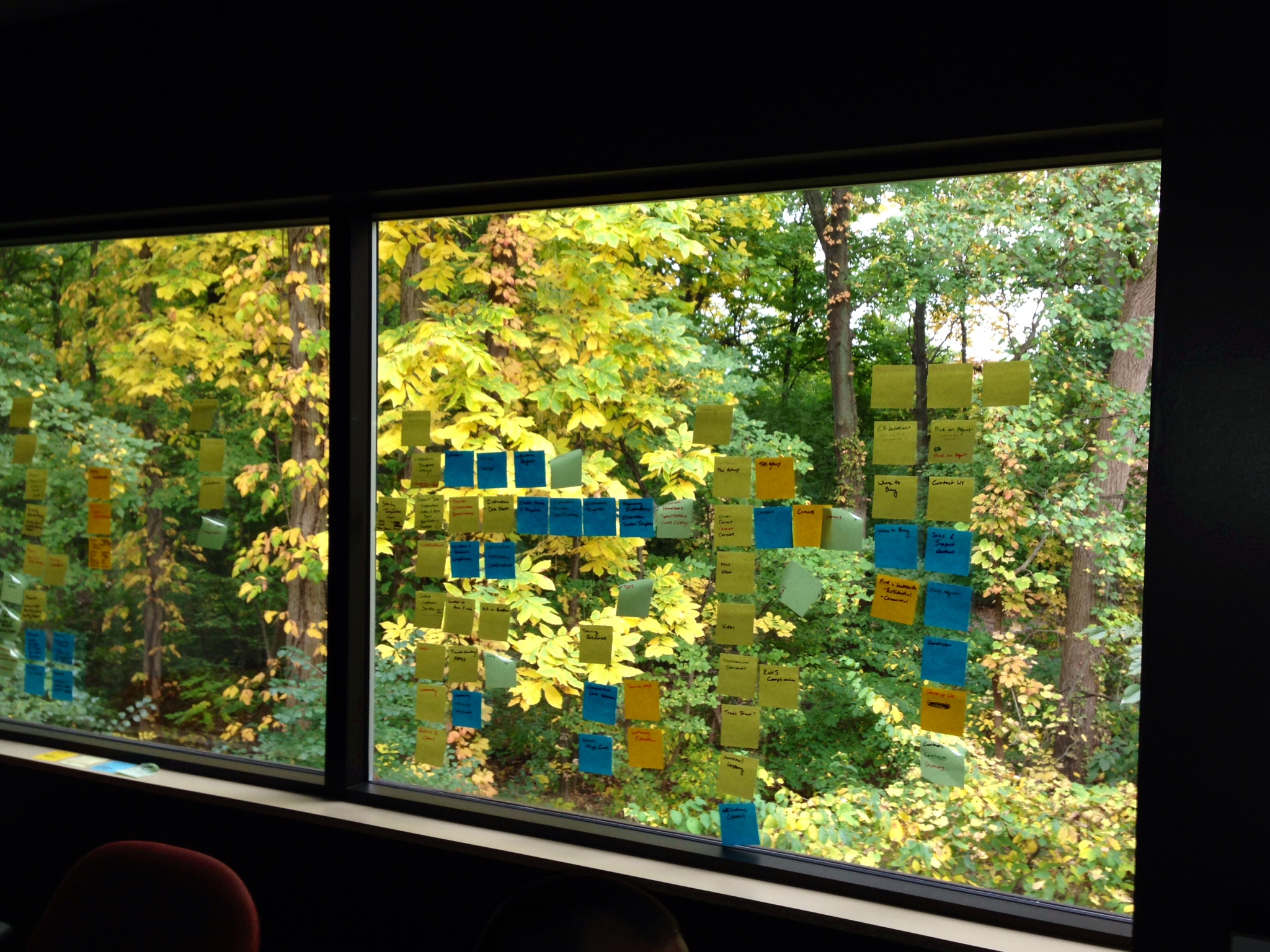People Skills for UX 2015: Negotiation Skills — Making a Case for UX
As a User Experience Architect, I was fortunate to attend the recent People Skills for UX webinar locally sponsored in part by Hanson and hosted by Rosenfeld Media and Environments for Humans. The webinar featured specialists on topics related to improving interpersonal relationships, with user experience leaders then tying those topics into the realm of digital design. One thing that became clear through all of these presentations was how crucial people skills are to advocating for UX.
That might seem obvious, but user experience design is a relatively new field, and at times UX pros must take the first step in helping stakeholders see the value of focusing on usability. Drawing on the below techniques offered by the seminar presenters, UXers can have more success making the case for investing in usability testing, plunging into a redesign, or taking even a few simple steps toward improving a digital experience.
Rethink Negotiation
Negotiation comes into play not only with conflict resolution but also with all decision-making involving multiple parties. Michelle Katz, former VP of Business and Legal Affairs at Universal Studios New Media and current negotiation teacher at California College of the Arts and Art Center College for Design, reframed assumptions in her presentation by stating that negotiations are not for winning or losing; they are completely about relationships. Her research ties in completely with UX. She said, “Negotiations are about getting to a place where everybody has an ongoing stake in what happens.” The end user, brand stakeholder, and architect each have a stake in a deliverable that is enjoyable to use and sustainable to maintain into the future.
Listen Well
Julian Treasure, frequent TED speaker and author of “Sound Business,” gave insight into the quickly-diminishing skill of listening. Since each person has travelled a unique road, everyone listens through their own filters. That means if a UXer and an IT director each participate in a conversation about making digital properties accessible for those with disabilities, the architect might hear “the best idea” while the IT director might hear “extra work, time and resources.”
The concepts of “conscious listening” and “listening for listenings” encouraged the audience to prevent their expectations and intentions from interfering with the true message.
As Treasure put it, “It is the greatest mistake to assume that everyone listens like I do.” If you don’t first try to see from the other person’s perspective, you won’t be able to effectively speak to that viewpoint.
Identify Your Goals and Look for Asymmetrical Wins
Before entering a decisive discussion, it’s crucial to determine ideal outcomes. Identify these three alternatives:
- Aspirational goal (most favorable)
- Practical goal (less favorable)
- BAD: Best Alternative to [this] Deal (absolute minimum that is acceptable)
If the aspirational goal is usability best practices for a particular scenario, the practical goal is one that is both desirable and attainable with available resources.
As a usability advocate, remember to address your talking points to the other party’s concrete needs. For example, a more usable website is likely to increase site traffic and conversion rates, something every party in the discussion is working toward.
As you discuss, watch for opportunities for asymmetrical wins. An asymmetrical win occurs when one party gives up something that does not mean much to them but has high value to someone else. If you are acutely aware of your goals and the other person’s interests, you might not need to make an equivalent exchange to satisfy both. Create a situation where you can achieve your usability goal while still satisfying the goals of other parties.
Involve the Right Players
For large projects that touch many parties, the people involved play a pivotal role in producing the right end-product, so be sure you have the appropriate people at the table. While the IT and Marketing experts will be crucial in executing a digital project, in some situations other stakeholders may have more visibility into larger business goals and can help advocate for UX-friendly decisions.
Or consider how you involve customers. Including the right subset of users in the research and testing process can make or break a product. An example of this is when developers of a years-old program assume that everyone who logs in is a “super-user,” already familiar with the organization’s business processes. In this case, testing the system with new users who are seeing it for the first time could be the crucial factor in influencing change.
“Having the right answer is not sufficient if people do not benefit from the process,” Michelle Katz reminded us at the seminar. “If you do not bring the right people along for the process, it is not going to go as well as it could.”
Respond Well in the Face of “No”
When practical concerns such as lack of resources lead to a “no,” accepting it might be the only choice. But if you suspect the issue has more to do with personalities or politics, how can you respond in order to avoid delivering a solution of which you’re not proud?
One method is to genuinely invite the other person to “Tell me your concerns” in a non-patronizing way. The initial “no” might have been to protect something important to the other party that is entangled in a more complicated set of issues. Dig deep to truly understand the stakeholder’s concern and see if you can address it in some way. Be clear with the reasons for your request and give them space to respond. You might be pleasantly surprised when that “no” becomes a “yes.”
The People Skills for UX conference was unique in its approach and thought-provoking. Days after the webinar, I found myself still mulling over the above insights. I look forward to applying these skills and making new UX cheerleaders along the way.
